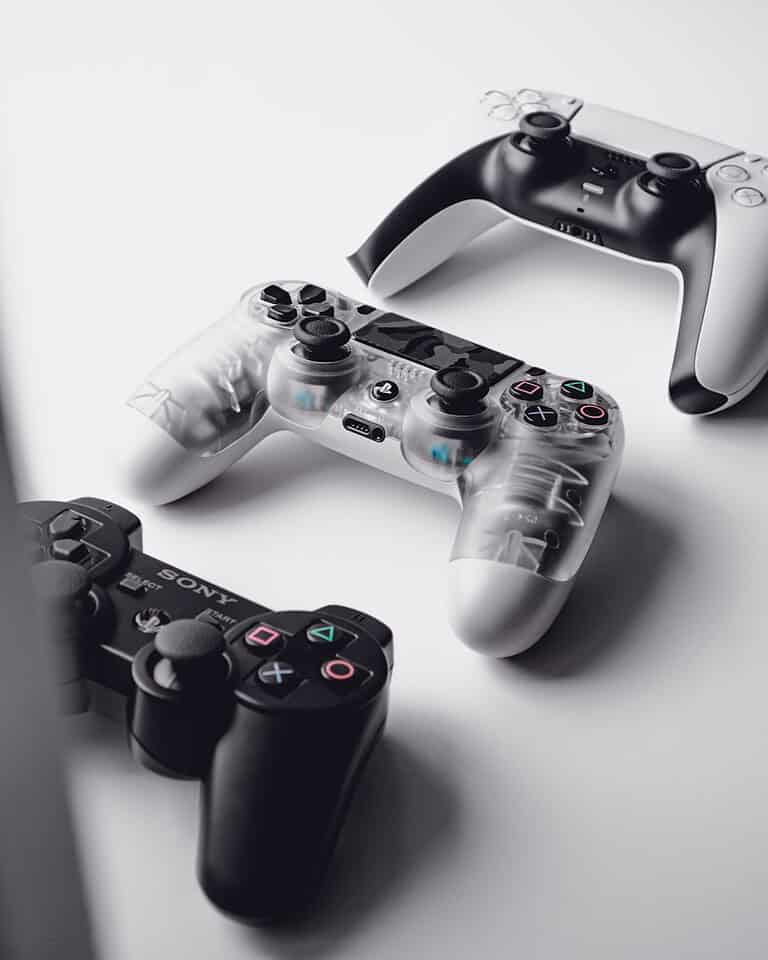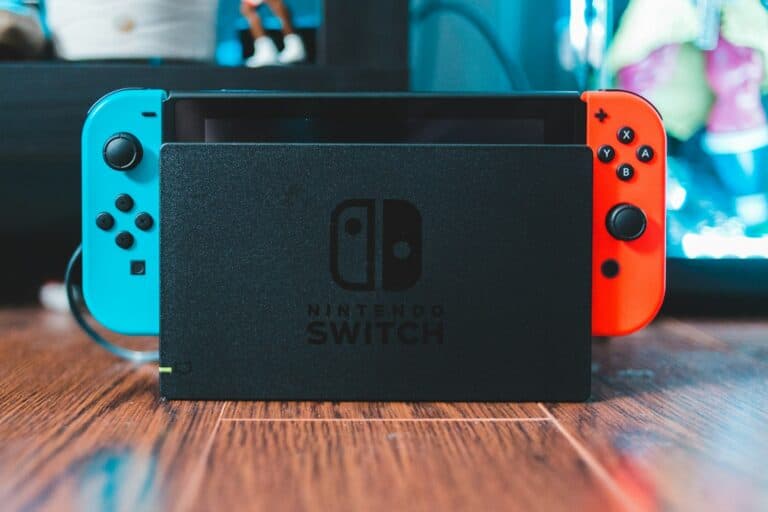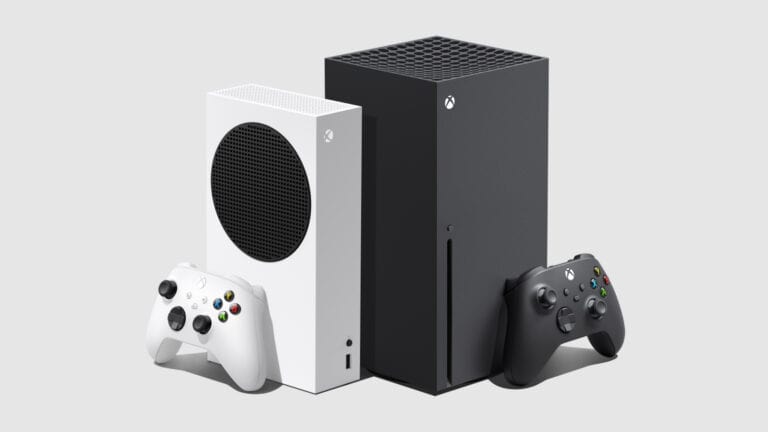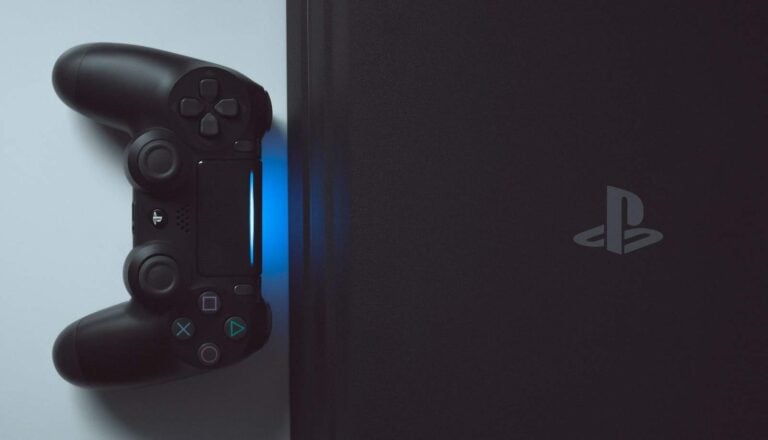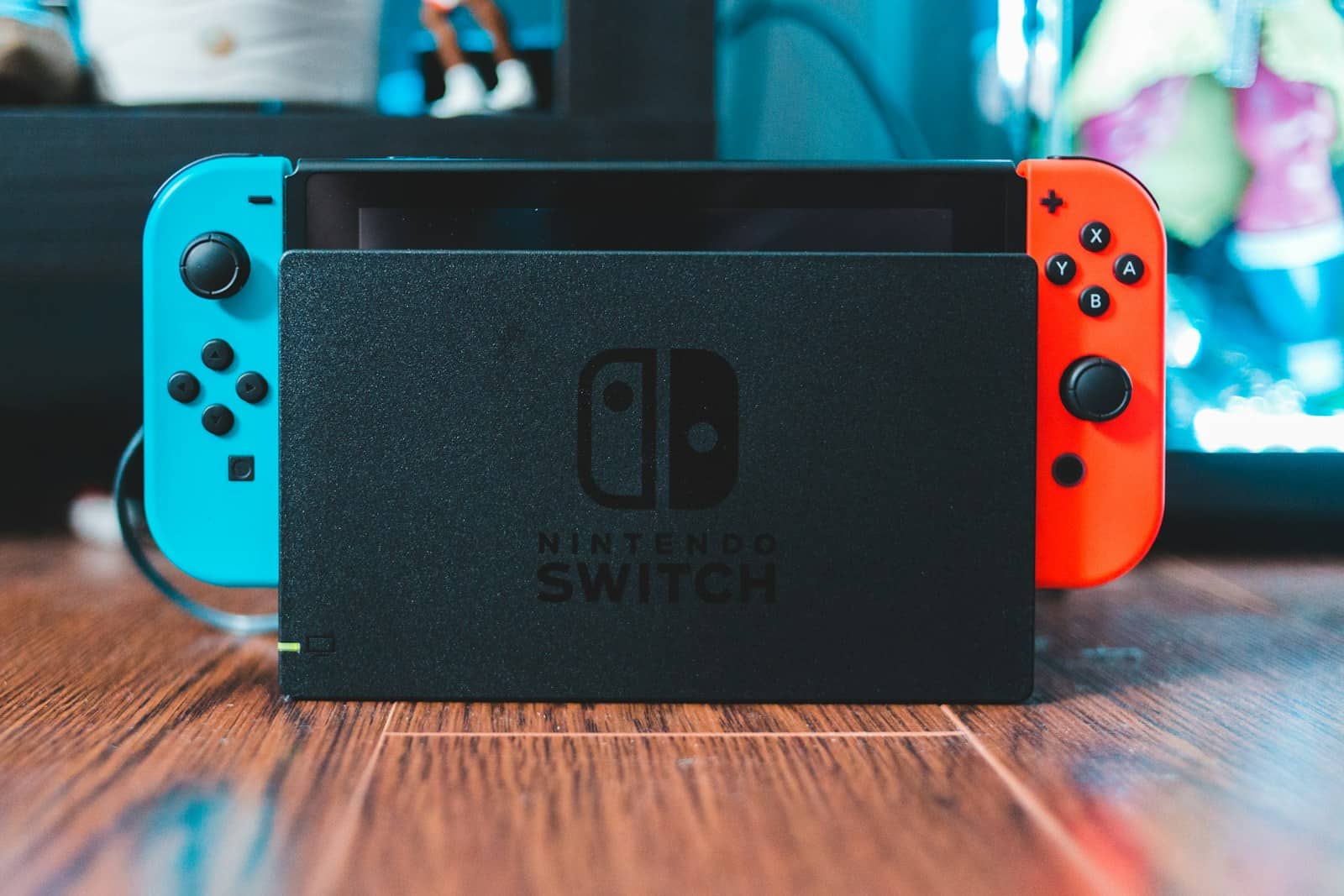
Nintendo Switch repair can be straightforward with the right guidance. Users can fix many common issues themselves by following troubleshooting steps and repair guides. This approach saves time and money compared to sending the console for professional repair.
The Nintendo Switch’s versatility as both a handheld and home console makes it popular, but also prone to specific problems. Issues like Joy-Con drift, battery drain, and screen damage are fixable at home with proper tools and instructions. Understanding the console’s model and specific issue is crucial for effective repairs.
Regular maintenance prevents many problems. Simple actions like cleaning the console, updating software, and proper storage extend the Switch’s lifespan. For complex issues, Nintendo’s official repair service remains an option, but DIY solutions often provide quicker and more cost-effective results.

Troubleshooting Your Nintendo Switch
Common Nintendo Switch Problems
The Nintendo Switch is a popular console, but like any electronic device, it can experience problems. Some issues are easy to fix at home, while others require professional repair. This guide covers some common Switch problems and how to troubleshoot them.
Joy-Con Drift
Joy-Con drift is a very common problem. It happens when the analog stick registers movement even when you are not touching it. This can make games hard to play.
How to Fix Joy-Con Drift
- Clean the Joy-Con: Dust or debris can get inside the Joy-Con and cause drift. Use compressed air to clean around the base of the analog stick.
- Update the Joy-Con firmware: Nintendo releases firmware updates that sometimes fix drift problems. Make sure your Joy-Cons have the latest firmware.
- Calibrate the Control Sticks: The Switch has a built-in calibration tool for the control sticks. You can find this in the system settings.
- Replace the Joy-Con: If none of these steps work, you may need to replace the Joy-Con.
Switch Not Turning On
If your Switch won’t turn on, there are a few things you can try.
Troubleshooting a Non-Responsive Switch
- Check the power adapter: Make sure the power adapter is plugged in correctly and is working. Try a different outlet or power adapter if you have one.
- Force a restart: Hold down the power button for 12 seconds. This will force the Switch to restart.
- Let it charge: If the battery is completely drained, it may take some time for the Switch to turn on after plugging it in. Leave it plugged in for at least 30 minutes.
SD Card Issues
The Switch uses microSD cards for extra storage. Sometimes, the Switch may not recognize the SD card.
Fixing SD Card Problems
- Check the SD card: Make sure the SD card is inserted correctly. Take it out and put it back in.
- Try a different SD card: If you have another SD card, try using it in your Switch. This will help you find out if the problem is with the SD card or the Switch.
- Format the SD card: If the Switch recognizes the SD card but it is not working correctly, you may need to format it. Be aware that formatting will erase all data on the SD card.
Comparison of Troubleshooting Steps
| Problem | Possible Solutions | Difficulty |
|---|---|---|
| Joy-Con Drift | Cleaning, firmware update, calibration, replacement | Easy to Medium |
| Switch Not Turning On | Check power adapter, force restart, charge battery | Easy |
| SD Card Issues | Check insertion, try different card, format SD card | Easy |
When to Seek Professional Repair
If you have tried these troubleshooting steps and your Switch is still not working, it is best to seek professional repair. Nintendo offers repair services, and there are also third-party repair shops.
Keeping Your Switch in Good Condition
Proper care can help prevent some common Switch problems. Store your Switch in a safe place, keep it clean, and handle the Joy-Cons with care. This can extend the life of your console.
Understanding the Switch’s Internal Components
While many common issues are software or connection-related, understanding the core hardware can help users identify potential problems. The Switch uses an NVIDIA Tegra processor, which combines a CPU and GPU onto a single chip. This chip is responsible for running games and handling graphics. The console also uses RAM for temporary data storage and flash memory for storing games and system software. Knowing these core components can help users understand why certain problems occur. For example, overheating can sometimes cause performance issues, and this can be related to the processor’s performance. Similarly, problems with game loading or saving can sometimes be traced to issues with the flash memory or SD card.
Key Takeaways
- Many Nintendo Switch issues are fixable at home with proper guidance
- Identifying the specific problem and console model is crucial for effective repairs
- Regular maintenance prevents common issues and extends the Switch’s lifespan
Identifying Your Nintendo Switch Model
Nintendo offers several Switch models with distinct features and specifications. Recognizing your specific model is crucial for troubleshooting, repairs, and compatibility.
Differentiating Switch Models: HAC-001 and HAC-001(-01)
The original Nintendo Switch (HAC-001) and the updated version (HAC-001(-01)) have subtle differences. The model number is printed on the bottom of the console near the USB-C port.
HAC-001 features:
- Released in March 2017
- 4.5 to 9 hours of battery life
- Matte finish on the Joy-Con rail
HAC-001(-01) features:
- Released in August 2019
- 4.5 to 9 hours of battery life
- Glossy finish on the Joy-Con rail
The packaging also helps identify the model. The original Switch box has a white background, while the updated version has a red background.
Recognizing Physical Characteristics of the Switch Lite
The Nintendo Switch Lite (HDH-001) is a compact, handheld-only version of the Switch. Its unique traits include:
- Smaller 5.5-inch touch screen
- Built-in controls (non-detachable)
- No TV mode or kickstand
- Lighter weight at 275 grams
- Available in multiple colors
The Switch Lite’s model number (HDH-001) is printed on the back of the device. It lacks the ability to connect to a TV and does not support tabletop mode. This model is designed for portable play only, making it ideal for on-the-go gaming.
Common Nintendo Switch Problems & Troubleshooting
Nintendo Switch users may encounter various issues with their consoles. These problems can range from display glitches to hardware malfunctions. Knowing how to address these issues can help extend the life of the device and improve gaming experiences.
Steps to Address Nintendo Switch Blue Screen of Death
The Blue Screen of Death (BSOD) is a rare but serious issue for Nintendo Switch users. This problem often occurs due to software conflicts or hardware failures. To fix it:
- Power off the console completely
- Remove any game cartridges
- Perform a hard reset by holding the power button for 12 seconds
- Turn the console back on
If the issue persists, try updating the system software. Connect the Switch to the internet and go to System Settings > System > System Update. As a last resort, contact Nintendo Support for professional repair services.
Resolving Overheating Issues
Overheating can cause performance issues and potentially damage the Switch. To prevent and resolve overheating:
- Ensure proper ventilation around the console
- Clean the air vents regularly with compressed air
- Avoid using the Switch in direct sunlight or hot environments
- Take breaks during long gaming sessions
If the Switch feels hot, turn it off and let it cool down for 30 minutes. Check if any objects are blocking the vents. For persistent overheating, consider professional cleaning or repair.
Battery Life Concerns and Solutions
Short battery life can limit portable gameplay. To maximize battery life:
- Lower screen brightness
- Turn off Wi-Fi and Bluetooth when not in use
- Enable airplane mode for offline gaming
- Use sleep mode instead of powering off completely
If battery life significantly decreases, it may be time for a replacement. Nintendo offers battery replacement services for out-of-warranty consoles.
Fixing Issues with Joy-Con Controllers
Joy-Con drift is a common problem where the controller registers movement without user input. To address this:
- Update controller firmware
- Calibrate the control sticks in System Settings
- Clean under the joystick with compressed air or contact cleaner
For unresponsive buttons, try re-syncing the Joy-Cons. If problems persist, Nintendo offers Joy-Con repair services, often at no cost even for out-of-warranty devices.
MicroSD Card and Bluetooth Connectivity Troubles
MicroSD card issues can cause game loading problems. To troubleshoot:
- Ensure the card is properly inserted
- Format the card in the Switch system settings
- Try a different MicroSD card to rule out hardware failure
For Bluetooth connectivity issues:
- Update the Switch system software
- Remove and re-pair Bluetooth devices
- Restart the console and Bluetooth accessory
If problems continue, check the compatibility of your Bluetooth devices with the Switch. Some accessories may not be fully supported.
Repairing Your Nintendo Switch
Nintendo Switch repairs involve various processes, from DIY fixes to professional services. Understanding these options helps owners maintain their consoles effectively.
Performing a Service Request Order
Nintendo offers an official repair service for Switch consoles. To start, visit the Nintendo Repair Center website. Select “Nintendo Switch” from the product list. Enter your device’s serial number and describe the issue. Choose a shipping method and print the shipping label.
Pack your Switch securely in its original box or a sturdy alternative. Include only the affected components. Remove game cards and SD cards before shipping. Track your repair status online using the provided repair number.
Repairs under warranty are often free. Out-of-warranty services may incur charges. Nintendo will provide a cost estimate before proceeding with repairs.
Replacement Instructions for Common Parts
Joy-Con replacement is a common DIY repair. Start by powering off the console. Use a tri-wing screwdriver to remove the screws on the Joy-Con. Carefully separate the casing and disconnect the battery.
Replace faulty components like analog sticks or triggers. Reassemble the Joy-Con in reverse order. Test functionality before full reassembly.
For screen replacements, remove the back panel first. Disconnect the battery and other cables. Carefully pry off the old screen. Install the new screen and reconnect all cables.
Always use proper tools and follow detailed guides for safe repairs.
When to Opt for Professional Repair or Replacement
Seek professional repair for complex issues like motherboard faults or water damage. These problems require specialized tools and expertise.
If your Switch is under warranty, always use Nintendo’s official repair service. Unauthorized repairs may void the warranty.
Consider professional help for screen or battery replacements if you lack technical skills. Improper repairs can cause further damage or safety hazards.
For older Switch models with multiple issues, replacement might be more cost-effective than repairs. Compare repair costs to the price of a new or refurbished console.
Maintaining Your Nintendo Switch
Proper care and maintenance can significantly extend the lifespan of your Nintendo Switch and its accessories. Regular cleaning and careful handling are key to keeping your console in top condition.
Preventing Physical Damage and Scratches
Clean your Nintendo Switch regularly with a soft, dry cloth. Avoid using harsh chemicals or abrasive materials. When docking the console, be careful not to scratch the screen. Use a screen protector to guard against scratches and minor impacts.
Store your Switch in a protective case when not in use. This shields it from dust and accidental drops. Handle the Joy-Con controllers gently to prevent wear on the connection points.
Keep the console away from extreme temperatures and humidity. Avoid leaving it in direct sunlight or near heat sources. Don’t expose the Switch to liquids or place drinks nearby during use.
Tips for Prolonged Console and Accessory Lifespan
Charge your Switch regularly, even when not in use. This helps maintain battery health. Avoid letting the battery drain completely before charging. Use only official Nintendo chargers to prevent potential damage.
Keep the console’s vents clear of dust and debris. This ensures proper airflow and prevents overheating. Use compressed air to clean the vents if needed.
Update your Switch’s software regularly. This often includes performance improvements and bug fixes. Be gentle with the kickstand when using it in tabletop mode.
Rotate your Joy-Con controllers to distribute wear evenly. This helps prevent issues like drift. Store game cartridges in their cases to protect the connectors.
Frequently Asked Questions
Nintendo Switch repair involves several common issues and considerations. Owners often seek information on troubleshooting, professional services, and DIY repair options.
How can I find a step-by-step guide for Nintendo Switch repairs?
Nintendo provides official troubleshooting resources on their website. These guides cover various issues and offer solutions. For more complex repairs, iFixit offers detailed, user-friendly tutorials with step-by-step instructions and images.
What are the common issues with Nintendo Switch that may require repair?
Joy-Con drift is a frequent problem, causing unintended character movement. Other issues include battery drain, screen damage, and dock connectivity problems. Some users report charging port malfunctions or software glitches requiring system resets.
Where can I locate a professional service for Nintendo Switch repairs?
Nintendo offers official repair services through their website. Authorized service centers are listed on Nintendo’s support page. Some electronics retailers also provide repair services for Nintendo Switch consoles.
What is the estimated cost of repairing a Nintendo Switch?
Repair costs vary based on the issue and whether the device is under warranty. Out-of-warranty Joy-Con repairs typically range from $30 to $40. More significant repairs like screen replacements can cost $100 or more.
What should I consider before attempting to repair a Nintendo Switch myself?
DIY repairs can void the warranty. They require specific tools and technical skills. Assess your experience level and the complexity of the repair. Research thoroughly and consider the risk of causing further damage.
How do I prepare my Nintendo Switch for professional repair?
Back up your save data to the cloud if possible. Remove any game cards or SD cards. Clean the console gently. Package it securely in its original box if available. Include a detailed description of the issue when sending it for repair.


